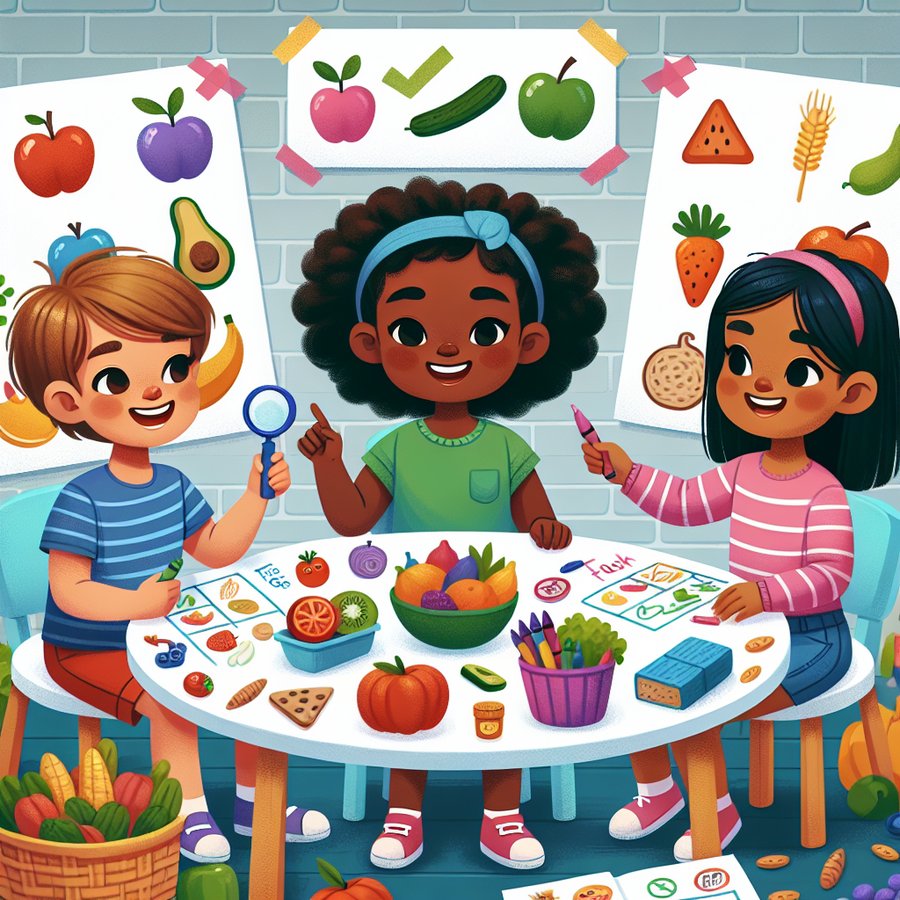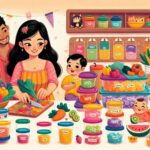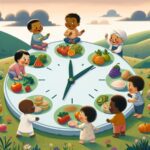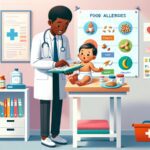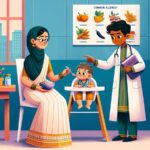Creating allergen-free meal plans for children with multiple food allergies is a crucial step in ensuring their safety, health, and well-being. This article dives deep into the nuances of formulating meals that are not only safe but also nutritious and appealing to young ones facing food allergy challenges.
Understanding Food Allergies in Children
Food allergies occur when the immune system mistakenly identifies a harmless food protein as a threat, triggering an allergic reaction. These reactions can range from mild to severe and, in some cases, even life-threatening. It’s essential for parents and caregivers to recognize the signs of food allergies and understand the importance of avoiding allergens.
Identifying the specific allergens affecting your child is the first step in creating an effective meal plan. Common food allergens include milk, eggs, peanuts, tree nuts, soy, wheat, fish, and shellfish. A detailed diagnosis from a healthcare provider, possibly including food challenges or elimination diets, is critical for accurate identification.
Creating Allergen-Free Meal Plans for Children with Multiple Food Allergies
Creating allergen-free meal plans requires careful consideration of nutritional needs while ensuring the exclusion of all identified allergens. This process involves reading labels meticulously, understanding cross-contamination risks, and being creative with meal preparation to keep meals exciting and nutritious.
Start by focusing on whole, unprocessed foods, as they are less likely to contain hidden allergens. Fruits, vegetables, meats, and grains that are safe for your child can form the basis of many meals. For example, a meal could consist of grilled chicken, quinoa, and steamed carrots. For children with multiple food allergies, it’s often beneficial to prepare meals from scratch to have complete control over the ingredients.
Additionally, consider utilizing resources like the Food Allergy Research & Education website for meal ideas and tips on managing food allergies. Remember, the goal is not only to avoid allergens but also to ensure that your child receives all necessary nutrients for their growth and development.
Navigating Challenges and Making Mealtime Enjoyable
One of the biggest challenges in creating allergen-free meal plans is making meals that are appealing to children, especially if they feel restricted by their diet. Involving your child in meal planning and preparation can make them feel more included and excited about their food. For instance, let them pick safe ingredients to include in a salad or help with simple cooking tasks.
Another challenge is ensuring variety to prevent mealtime boredom and nutritional deficiencies. Rotating foods and experimenting with safe new ingredients can keep meals interesting. For inspiration, check out resources like creative ways to incorporate vegetables into a toddler’s diet and smoothie recipes for toddlers for nutritious and delicious meal options.
Educating family members and caregivers about your child’s food allergies is also crucial for maintaining a safe environment. Ensure everyone involved in meal preparation understands the importance of avoiding cross-contamination and is aware of how to read food labels correctly.
In conclusion, creating allergen-free meal plans for children with multiple food allergies is a comprehensive process that involves understanding food allergies, meticulous planning, and ensuring nutritional balance. With careful attention and creativity, you can provide safe, nutritious, and enjoyable meals that cater to your child’s dietary needs. For more information on managing food allergies and meal planning, visit resources like identifying and managing food allergies in 8-month-olds and dealing with picky eaters.

